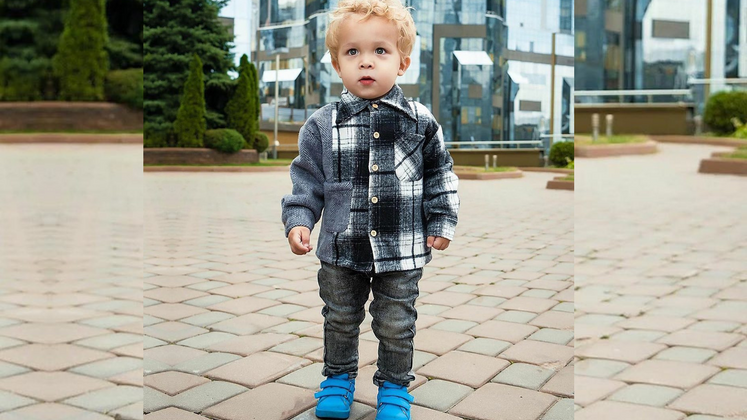What are Common Children’s Feet Problems?
Posted by Orbist.co.uk on 31st Oct 2022
At birth, all children have relatively flat, soft and chubby feet before the development and appearance of arches around the age of 2 to 3 years. However, in some cases the arches don’t change this can be one of the visible symptoms of Pediatric Flatfoot
There are two types of flat feet:
* Congenital: Present at birth
* Acquired: Can occur to all arch types at any age
Congenital flatfoot is a cause for concern because it can signify an underlying vertical talus or an atypical joint fusion.
Parents should have their children tested if they notice the one or few symptoms of pediatric flatfoot such as:
Complaints of leg and foot pain during activities, long periods of walking or at night
Requests for massage to relieve pain
Inability to participate in or avoid typical games and activities
Worn out shoes
Instability and regular falls
Alignment issues such as asymmetrical posture
Cases of painful pediatric flat feet should not be taken lightly as they can lead to serious problems later in life. Flattening of a single foot can sometimes be a sign of underlying lower extremity abnormalities such as leg length discrepancy, angular torsion, or scoliosis.
Children's biomechanics should be carefully assessed when flatfoot is suspected. A detailed consultation of the condition and development of the child since birth will be carried out with serial x-rays, images or scans of the arch profile. This allows for an accurate understanding of the structure, causes and type of treatment needed for the child. Treatment should be started soon after a diagnosis is made to reduce the risk of long-term foot and ankle deformities and disabilities.
Early diagnosis of foot disorders in children is extremely important. We can divide these foot problems into two different categories. Mild flat feet and slight introversion problems are observed in 60, 70%, and 80 percent of children according to some studies.
Flat feet can be seen in the vast majority of babies up to the age of 5 years. We can talk about flexible flat feet if the child's foot is flat when stepping on it, and if the normal indentation is seen when sitting or on the toes. Flexible flat feet improve over time without the need for treatment. However, if this situation continues until adolescence, pain begins to occur on the soles of the feet. In this case, it would be beneficial to go to the doctor.
Some problems in children's feet can improve over time. However, some problems can also cause permanent problems. You can find out if your child's foot development progresses normally, whether the foot problem requires treatment or not, by consulting a foot specialist.
Babies get excited when they take the first step. Happy and exciting moment for parents as well. The experts recommend to choose the proper pairs of shoes according to the age and the shape of the feet. It is also important to make sure that the shoes are in the right size. Parents take care of everything about their children. They pay attention to the slightest change. However, due to the habit of neglecting their feet, they sometimes do not pay attention to the feet of their kids. However, the foot problems that they will experience in the future begin to occur at this age. Children's feet grow very quickly. A 12-year-old child's feet are almost as big as an adult's foot. The choice of the type of shoes regardless the model: boots, trainers, shoes… has a major impact on the feet during the development and the health of the infant for the future.

